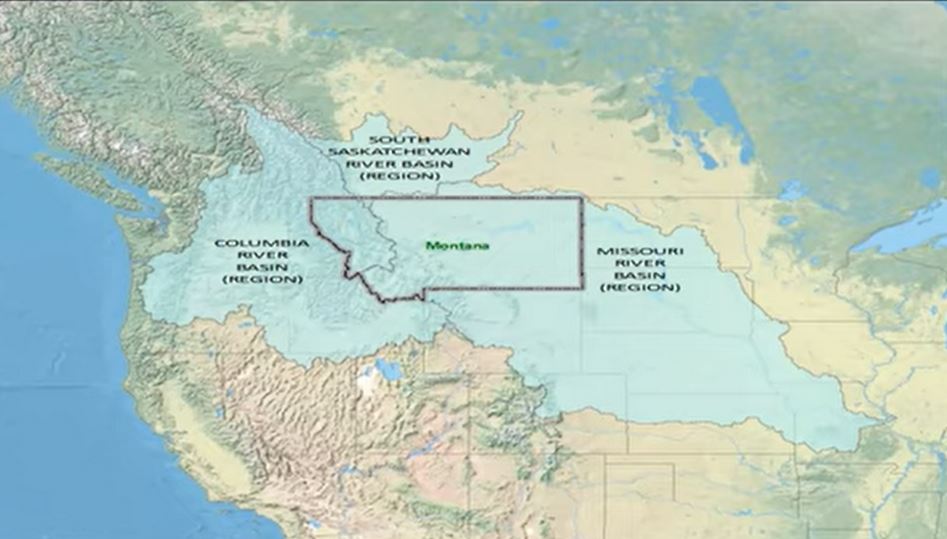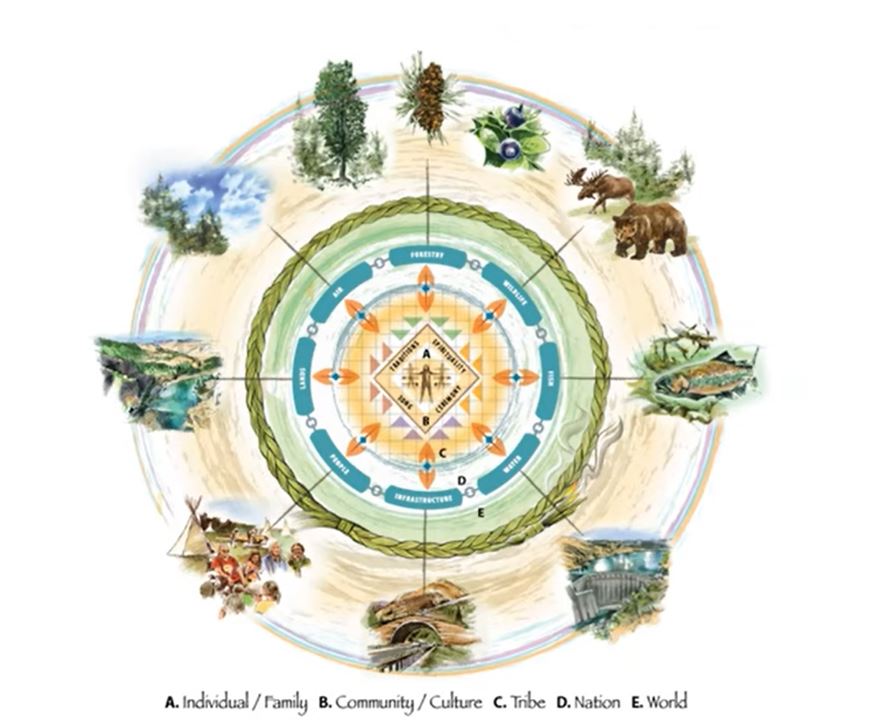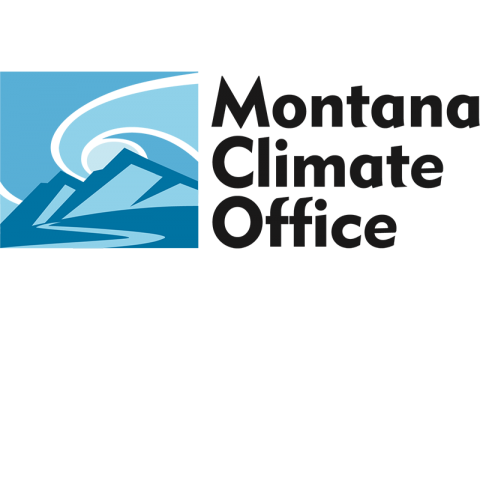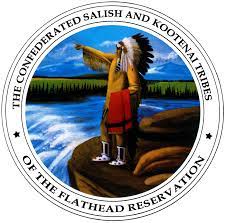
Select Page
“Climate Extremes in Montana – Stories of Change and Resilience” – November 16th 2022, 7:00 – 8:30 PM
Experts from the Montana Climate Office alongside representatives from the Confederated Salish and Kootenai Tribes presented information about climate change and stories of climate resiliency to Montana League of Women Voters. The presentation, recorded over Zoom, reached 180 attendees. Presenters included Dr Kelsey Jencso of the Montana Climate Office and Michael Durglo Jr. and Gwen Lankford of the Confederated Salish and Kootenai Tribes Climate Advisory Council. Read on for more information about the presentations and for a full recording of the webinar.

The impacts of climate change vary greatly by state, and the effects of seemingly localized events can spread to substantial areas. Nowhere is this more evident than Montana, a state with diverse topography which contains the headwaters of three river basins (shown in the figure on the right). Melting snowpack from Montana’s mountains maintains this crucial ecosystem, but temperatures here are rising at an average of .42 degrees F per decade, substantially higher than the national average of .26 degrees F. Dr. Kelsey Jencso presented new research from the Montana Climate office on the kind of changes Montana can expect in the next few decades.
Climate projections are supported by the downscaled NASA NEX-CMIP6 datasets, the result of combining large-scale climate projection equations with local climate data. Based on these statistics, researchers are able to predict a hotter future for Montana, with temperatures rising as much as five degrees farenheit in parts of the state by 2069. Although there is a chance of increased precipitation in the winter and spring, hotter and drier summers mean that aridification may become more severe. These changes can lead to extreme weather events, such as the 1 in 500 year floods earlier this year and the flash drought in 2017.
To better anticipate these developments, Montana has deployed 150 weather stations across the state. This Montana Mesonet is already one of the densest meteorological networks in the world, and 205 more weather stations will be deployed in the next five years thanks to the Missouri River Basin Drought Monitoring Act. Ongoing research at the climate office and new, high-resolution data from the Mesonet will help Montana communities predict and prepare for the challenges of our climate future.
Tribal communities in Montana have begun the important work of preparing for a warming future. Michael Durglo Jr., chair of the Confederated Salish and Kootenai Tribes (CSKT) Climate Advisory Council, spoke about the Tribal Council’s climate resolution and its importance on the reservation. Taking care of the environment is not just a matter of economic survival, but also of preserving cultural heritage and resources, and maintaining all-important relationships between the community and their ancestral lands.
– Michael Durglo Jr.
Tribal communities accross Montana have experienced the effects of climate change, with Durglo highlighting the especially frequent and intense wildfires which have occured partially as a result of fire suppression practices. The council’s unanimous vote to adopt the climate resolution demonstrates the severity of the crisis on tribal lands. Among the resources threatened by climate change is whitebark pine. The species is traditionally valued by many tribes as a food resource, and its decline prompted the Climate Advisory Council to take action, planting more trees and introducing young people to the importance of this practice which will benefit many generations to come. Thanks to the work of Michael Durglo and the CSKT, the culturally and ecologically significant plant is making a comeback.
Follow the links below for more information on CSKT’s work.
The talk ended on a hopeful note with Gwen Lankford of the CSKT Climate Change Advisory committee, a member of the Gros Ventre Tribe of Fort Belknap. Gwen encouraged attendees to reinvision how they share knowledge, resources, and skills. Equity is difficult to achieve in vertical systems where resources are concentrated at the top; but in horizontal systems, groups and individuals share what they can to achieve common goals. This complements Michael Durglo Jr.’s vision of tribal lifeways, expressed in the diagram to the right. In these lifeways we are all part of an interdependent ecosystem, and must collaborate and contribute to ensure its survival.



